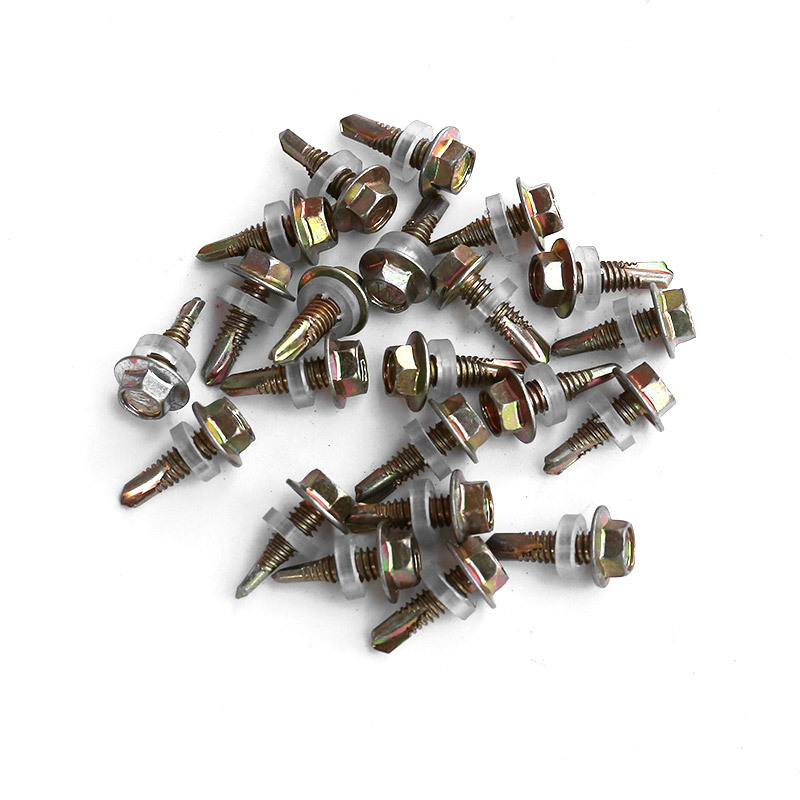

coned disk spring - a fastener
Ara . 29, 2024 10:03 Back to list
coned disk spring - a fastener
The Coned Disk Spring A Fastener Revolution
In the realm of mechanical engineering and industrial applications, fasteners play a pivotal role in ensuring reliability and performance. Among the various types of fasteners available, the coned disk spring has emerged as a revolutionary component that combines efficiency, space-saving design, and versatility. This article delves into the properties, applications, and advantages of coned disk springs, highlighting their importance in modern engineering.
What is a Coned Disk Spring?
A coned disk spring, also known as a belleville washer or conical spring, is a type of spring that is characterized by its conical shape and ability to provide a high load-bearing capacity in a compact form. Unlike traditional coil springs, which require more axial space, coned disk springs can be stacked, allowing them to achieve significant load ratings while minimizing installation space.
Design and Functionality
The design of a coned disk spring may seem simple, but it is intricately engineered to ensure optimal performance. The conical shape allows for uniform load distribution and enables the washer to exhibit high elasticity. When force is applied, the disk compresses, storing energy and returning to its original shape when the force is removed. This flexibility makes coned disk springs particularly suitable for applications that experience fluctuating loads, as they can absorb shock and provide stability.
Advantages of Coned Disk Springs
1. Space Efficiency One of the most significant advantages of coned disk springs is their ability to provide substantial force in a compact design. By stacking multiple disk springs, engineers can achieve a desired load without increasing the assembly's footprint.
2. High Load Capacities Coned disk springs are capable of supporting high loads relative to their size, making them ideal for heavy-duty applications. Their tapered design dictates how force is distributed, allowing for efficient load management.
coned disk spring - a fastener

3. Versatility These springs can be utilized in a wide range of industries and applications, from automotive and aerospace to machinery and electronics. Their ability to function under varying conditions makes them a popular choice in design.
4. Simplicity of Installation The installation process for coned disk springs is straightforward, often requiring minimal adjustments. This ease of use can translate into reduced assembly times and increased productivity.
5. Damping Properties The compressive and elastic properties of coned disk springs contribute to their damping capabilities, providing shock absorption and vibration isolation in mechanical systems.
Applications of Coned Disk Springs
Coned disk springs find applications in numerous industries due to their versatile nature. In the automotive sector, they are used in suspension systems, allowing for better load management and improved ride comfort. In aerospace applications, their lightweight yet robust characteristics make them essential for maintaining structural integrity while minimizing weight.
Furthermore, coned disk springs are frequently found in machinery, particularly in tensioning systems and torque applications. They are also employed in electronics, such as in connectors and switches, where reliable and efficient fastening is crucial.
Conclusion
The coned disk spring is a remarkable fastener that epitomizes the fusion of engineering design and practical functionality. Its ability to provide significant load capacities in a compact size makes it indispensable in various mechanical systems. As technology continues to evolve, the demand for efficient and reliable fasteners like coned disk springs will undoubtedly increase, paving the way for new innovations in engineering.
In summary, whether you are designing a complex machine or optimizing a simple assembly, considering the incorporation of coned disk springs can enhance performance, efficiency, and reliability, ultimately contributing to the success of your projects.
Latest news
-
Premium Fasteners Manufacturer | AI-Driven Solutions
NewsAug.01,2025
-
Hot Dip Galvanized Bolts - Hebei Longze | High Strength, Corrosion Resistance
NewsAug.01,2025
-
High-Strength Hot Dip Galvanized Bolts - LongZe | Corrosion Resistance, Custom Sizes
NewsAug.01,2025
-
Best Self Tapping Screws for Drywall - Fast & Secure Installation
NewsJul.31,2025
-
High-Strength Hot Dip Galvanized Bolts-Hebei Longze|Corrosion Resistance&Customization
NewsJul.31,2025
-
Hot Dip Galvanized Bolts-Hebei Longze Metal Products|Corrosion Resistance&High Strength
NewsJul.31,2025

